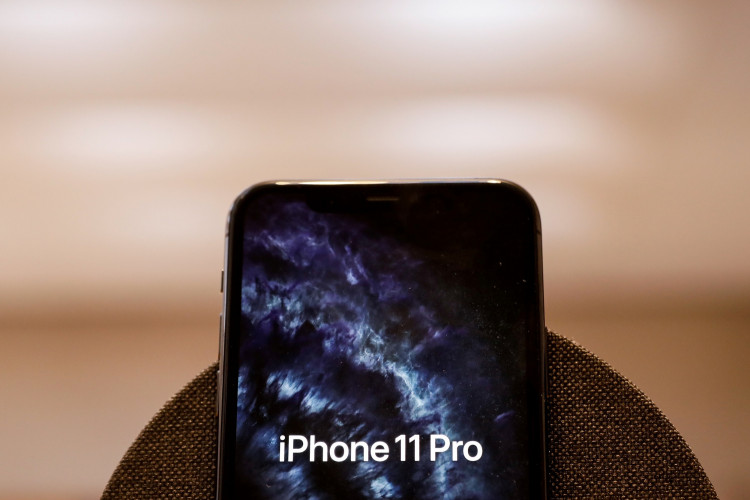The Apple iPhone 11 series introduced Ultra Wideband technology support. The Cupertino company says that the feature allows its flagship smartphone series to have 'spatial awareness' in understanding the location of compatible devices. But, according to a new report, this exclusive iPhone 11 features might soon arrive on Android smartphones.
The first Android smartphone that might feature the Ultra Wideband support similar to that found in iPhone 11, iPhone 11 Pro, and iPhone 11 Max is Samsung, according to a research note from Barclays analysts obtained by Macrumors. Android smartphones with this kind of technology are expected to arrive sometime in the latter part of the year. Additionally, these Android smartphones will come with all in one Ultra Wideband NFC and Secure Element chip from the Dutch chipmaker NXP Semiconductors.
The only indication that Samsung will release smartphones with Ultra Wideband support is the fact that the South Korean tech giant participated in the consortium with NXP in 2019. The NXP press release published in 2019 shared that Ultra Wideband will provide mobile devices with new and exciting capabilities. It includes the ability to unlock a vehicle's doors when the device is near.
Ultra Wideband is not a new technology, but it was never introduced in Android smartphones. It only gained fame when Apple introduced the technology in its iPhone 11 series. The iPhone 11, iPhone 11 Pro, and iPhone 11 Pro Max come with an Apple-engineered U1 chip with Ultra Wideband.
The technology allows the handsets to understand their specific location relative to other smartphones that contain the Apple U1 Ultra Wideband chip. The Cupertino company teases on the official page of the iPhone 11 Pro that the AirDrop feature made possible by Ultra Wideband technology is just the start of the many possibilities coming later. Apple 11 users can easily send files using AirDrop by pointing the device at any compatible device, making it easier to send files even in the absence of a wireless hotspot and external storage.
With the Ultra Wideband technology on Android smartphones, smartphone makers can develop their own version of AirDrop. Huawei, Xiaomi, Oppo, Samsung, and Vivo already tried making similar feature, but, so far, their solution still requires WiFi hotspots instead of Ultra Wideband communication. Meanwhile, Apple is expected to release the entry-level iPhone SE 2 by the end of the first quarter. It is not yet clear if the upcoming low-cost iPhone will feature Ultra Wideband support like that iPhone 11 series.





